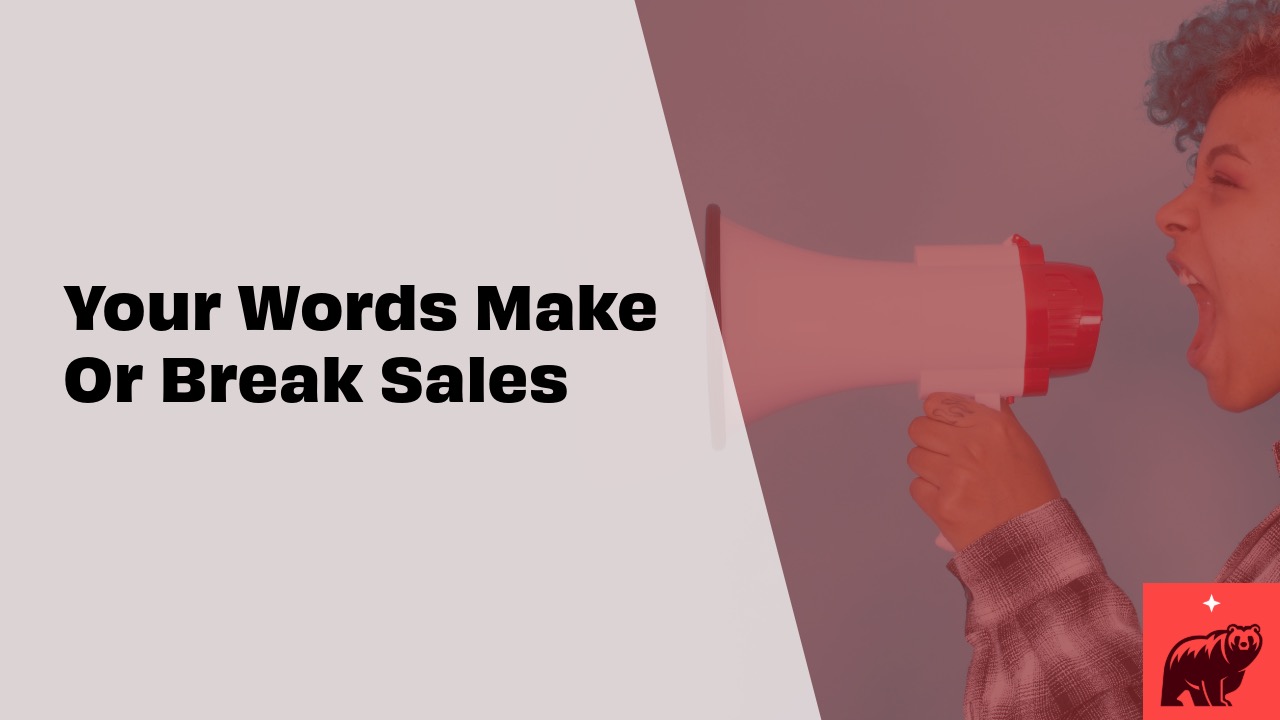Most businesses assume customers click “Buy” because of practical needs or impressive specs—but the real driver behind most purchases is emotional relief. If you want your marketing to resonate deeply, you must understand the three layers driving every customer decision: external, internal, and philosophical. Here’s how you can use this StoryBrand framework to instantly clarify your message and connect with prospects on an emotional level.
Why Surface Pain Isn’t Enough
Marketing often falls flat because it stops at surface-level problems—the symptoms your customers initially recognize. Sure, these external issues might get initial clicks or inquiries, but they rarely inspire action on their own. The deeper emotional and philosophical motivations behind those symptoms are what ultimately drive customers to say, “That’s me. They get it.”
Let’s dig into the three crucial layers of problems that, when combined, create powerful messaging your prospects can’t ignore.
Layer 1: External—Google Search Words
External problems are the practical, tangible issues your customers type into Google. They’re clear, obvious, and easy to identify: “my website looks outdated,” “I have no time to cook,” “my AC unit broke,” or “comfortable running shoes.”
Consider a plumber whose customers typically search “emergency plumber near me” because of a leaking sink. Reflecting these exact terms in your headlines or ads makes your marketing immediately relatable. It assures potential customers you recognize their practical concerns at face value.
But remember, external issues alone aren’t enough—people need more emotional depth before they take the next step.
Layer 2: Internal—The Feeling That Drives the Swipe
Beneath every external symptom lies an internal emotional struggle. These feelings—whether guilt, overwhelm, stress, or pride—are the true forces driving purchasing decisions.
For instance, a busy mom might externally complain, “I don’t have time to cook.” Internally, she’s wrestling with deeper emotions—perhaps guilt over serving fast food, or stress about not providing nutritious meals. Your messaging becomes deeply compelling when you directly address these emotional experiences. For example, the meal-prep service that clearly named “mom guilt” in its ads saw conversions jump 30%. Why? They didn’t just acknowledge a lack of time—they validated the emotional pain that moms were feeling every day.
People don’t just buy products—they buy solutions to emotional struggles. Address the internal emotions directly, and your customers will feel genuinely understood and ready to engage.
Layer 3: Philosophical—The Bigger ‘Why’
Beyond external symptoms and internal emotions, customers are guided by core beliefs about how the world should work. The philosophical layer connects your product or service to these deeper principles.
Imagine a mom thinking, “Feeding my family well shouldn’t be this hard,” or a business owner believing, “Small businesses deserve reliable, affordable tech support.” Highlighting these broader beliefs connects with your customer’s values and communicates a deeper level of empathy and alignment.
While you don’t need to emphasize this in every piece of marketing, simply acknowledging these philosophical beliefs occasionally can create powerful resonance. It’s the moment your customers think, “They believe what I believe.”
Case Study Sprint
Let’s look again at that meal-prep service. Initially, their messaging focused purely on external issues—saving time on cooking. But once they started acknowledging internal struggles, specifically the emotional weight of “mom-guilt,” their conversions increased significantly.
Instead of generic statements like “Meals Ready in 15 Minutes,” they shifted to messaging like, “No more wondering if you’re feeding your family well.” This small but powerful adjustment brought a nearly 30% lift in conversions by clearly naming the emotional struggle their customers were experiencing daily.
Practical Takeaways
Ready to clarify your marketing message? Here’s how you can practically apply the three-layer framework:
- Write a headline that pairs an external symptom with an internal emotion.
Example: “Overwhelmed by Dinner Prep? End Mom-Guilt Tonight.” - Add a single “why it matters” line to your sales page.
Example: “Because every family deserves nutritious meals without the stress.” - Test two email subject lines: symptom-only vs symptom-plus-emotion.
Example A (symptom-only): “Quick Meal Ideas.”
Example B (symptom-plus-emotion): “End Dinner-Time Guilt—Fast Healthy Meals.” - Track conversion shifts in a spreadsheet for 30 days.
Measure which messages resonate best and continuously refine your approach based on real data.
By explicitly linking practical needs with deeper emotional struggles and philosophical beliefs, you elevate your messaging from generic to deeply impactful.
Customers buy solutions to emotional struggles, not specs.Ready to put the power of clear, emotionally-driven messaging into action? Contact us today for assistance in clarifying your message.







